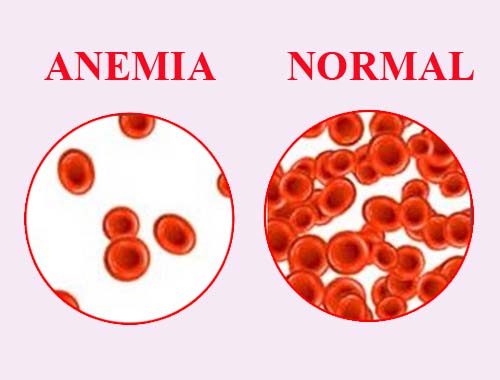
Blood tests are fast and almost painless.
Blood test results are compared and measured in 'normal ranges' for a given population group and individual. Blood test results have specific meaning to knowledgeable and qualified medical personnel. Blood tests, including various Blood chemistry and hematology 'Blood tests' offered by most test labs, represent an economical way by which quality information about a patient's physical condition, at the time of the Blood testing, can be made available to the physician. What is the normal range of each part of my Blood test? What is the normal maximum and normal minimum result in each part of a Blood test? For instance, what id the normal range of uric acid? What is the normal white Blood cell count? Blood test results, made possible by the taking of Blood for laboratory testing, are one of the most important tools that your doctor uses in evaluating your health status. Low cost Blood tests, discount Blood testing and even free Blood tests are available and listed in your local community.Blood test results are important in detecting and diagnosing Blood disorders in Blood tests and a Blood test with Rare Blood types. It is important to realize that your Blood test result may be outside of what is called the 'normal range' for many reasons. Remember that Blood test results are always best interpreted by a Blood professional or doctor who is familiar with your Blood test history, over time. These Blood test results, after review and interpretation by a qualified Blood professional, play an important part in an overall diagnosis.
The first step in determining a reference range is to define the population to which the range will apply. The reference range is then derived mathematically by taking the average value for the group and allowing for natural variation around that value (plus or minus 2 standard deviations from the average). This is why the term 'reference range' is preferred over 'normal range'.
When you examine test results from different populations, you quickly discover that what is 'normal' for one group is not necessarily normal for another group. Indeed for tests such as cholesterol the idea of a normal range has been replaced to a large extent by use of target values, achieved either by lifestyle changes or active treatment.
Whether or not your test result is within the laboratory reference range, the result must be considered within the context of your personal circumstances, and with the benefit of your doctor's knowledge of your past medical history, current medication and the results of any other investigations.In other words, even in a 'normal' population, a test result will lie outside the reference range in 5% of cases (1 in 20). A large number of individuals from a group who are thought to represent a 'normal' population, will be tested for a particular laboratory test. In this way, ranges quoted by labs will represent the values found in 95% of individuals in the chosen 'reference' group.


DDxHub is a concentrator that holds a lot of disease descriptions. It relies on the System knowledgebase to diagnose a health condition.
Differential diagnosis Hub is the System distinguishing of a particular disease or health condition from others.